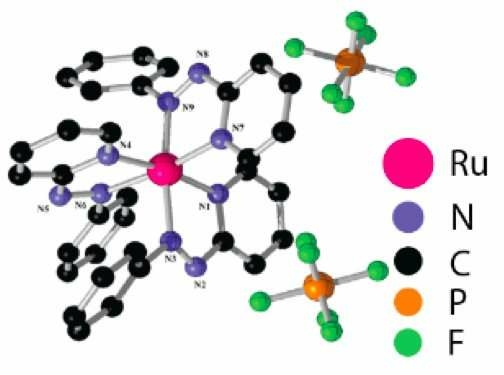source: Phys org news
Make way for some new memsistors. For years, the computer industry has sought memory technologies with higher endurance, lower cost, and better energy efficiency than commercial flash memories. Now, an international collaboration of scientists may have solved many of those challenges with the discovery of thin, molecular films that can store information.
Scientists at Yale, the National University of Singapore (NUS), and the Indian Association for the Cultivation of Science (IACS) have produced new “memsistor” devices that last for 1 trillion cycles—far outstripping the endurance of commercial flash memories for computing. A memsistor is an electrical resistor component with memory; it can regulate the electrical current in a circuit, while remembering the level of charge that goes through it.
The discovery is described in a study published Oct. 23 in the online edition of the journal Nature Materials.
“These devices show great potential for applications in computing, especially in neuromorphic and logic circuits,” said Yale chemistry professor Victor Batista, a co-author of the study and leader of a research group that included Yale graduate student Adam Matula and Yale postdoctoral student Svante Hedstrom. “The molecular-level understanding of these devices that we have helped generate is unprecedented in a memory device, and this allows us to create design principles for the next generation of devices.”
Neuromorphic computing attempts to simulate the architecture of the human brain. It involves systems with electronic analog circuitry that mimics neural structures in the central nervous system.
Considerable research already has gone into resistive memory devices, particularly those made with inorganic materials. Devices using organic materials were thought to be too inconsistent and unstable for commercial use. But the new memsistors created by Batista and his colleagues feature a layer of organic, complex metal that may offer an option that is durable and less expensive to manufacture.
Batista said that while the discovery has great potential, additional research must be done to understand more about the information-storing properties of the new memsistors.
“The most surprising part in this is how a molecular film, grown without much outside control, can get almost all of its molecules switched on and off repeatedly over trillions of cycles,” he said. “Even if we scale this down to the nanometer regime, the phenomenon is still consistent. These molecules are like electron sponges and what we still don’t understand is how the electrical charges are being balanced.”
featured image: Scientists at Yale, the National University of Singapore, and the Indian Association for the Cultivation of Science have produced new memsistor devices that last for 1 trillion cycles. Credit: Yale University


































